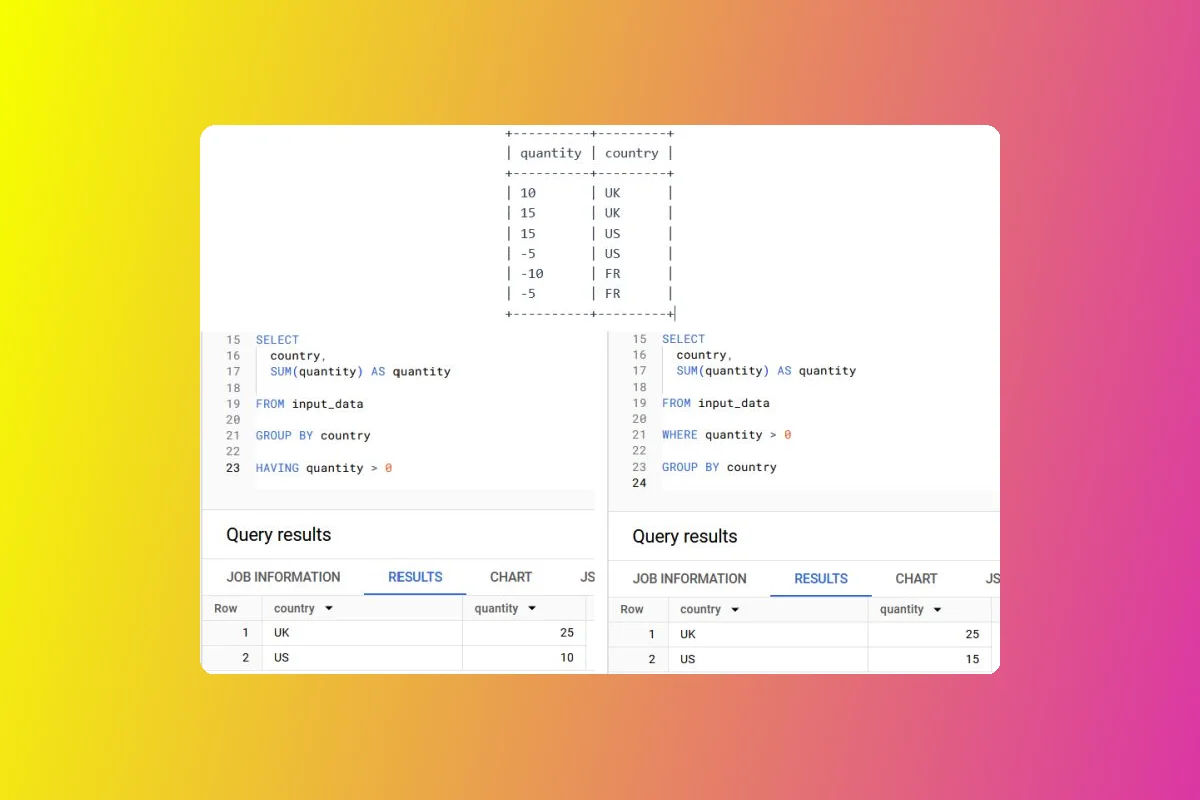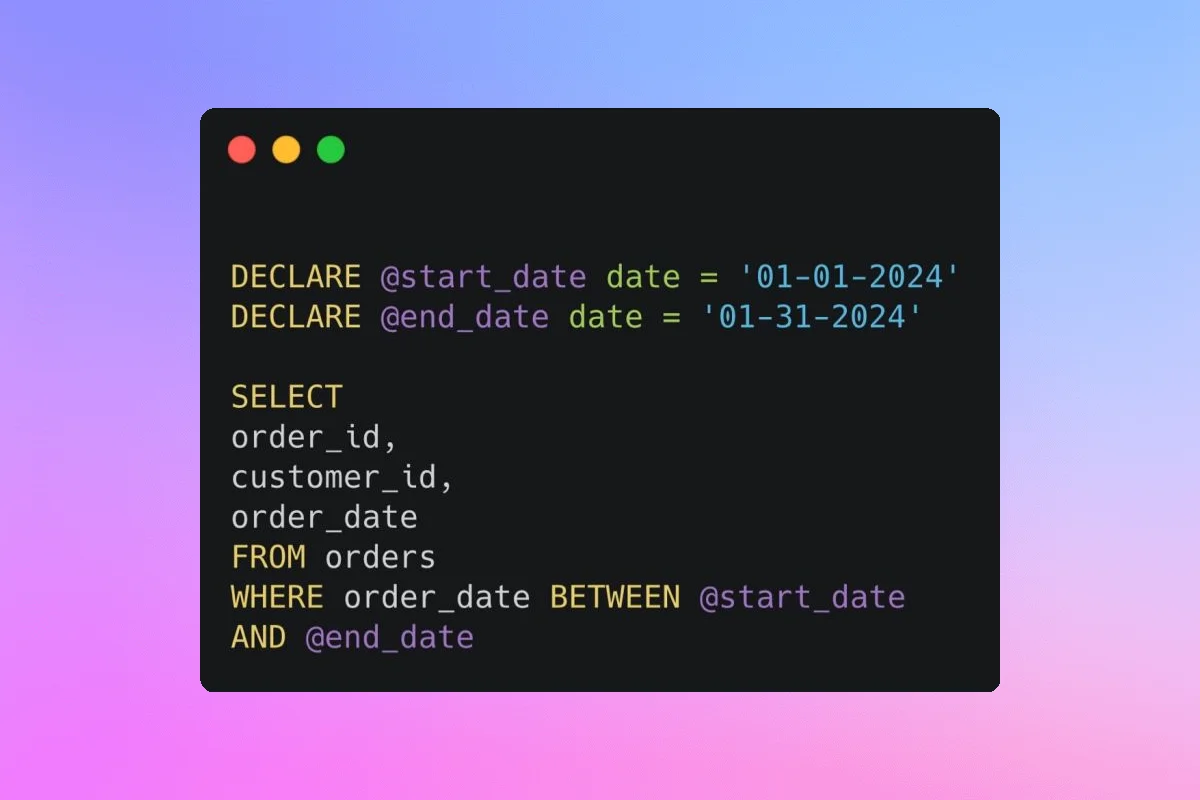
Understanding NULL in BigQuery SQL
NULL in SQL represents the absence of a value, distinct from an empty string or zero. Key points include: NULL cannot be tested in a list, comparisons like NULL = NULL are not allowed, COUNT(column) excludes NULLs while COUNT(*) includes them, aggregate functions ignore NULLs, ORDER BY places NULLs first by default, and joins do not match NULLs. Handling NULLs can be done using IS NULL, COALESCE, IFNULL/ISNULL, and NULLIF.


